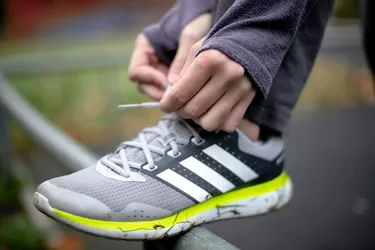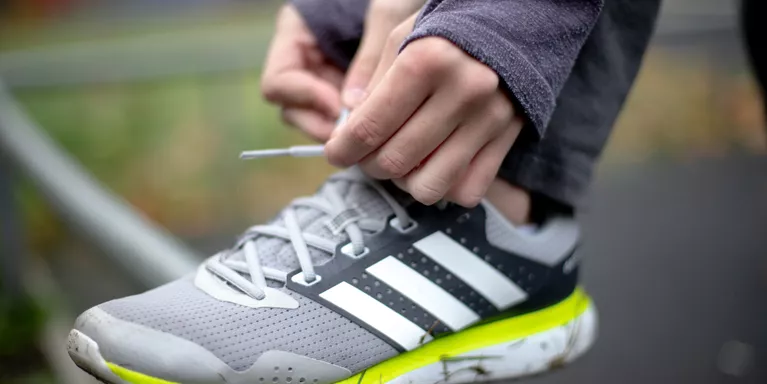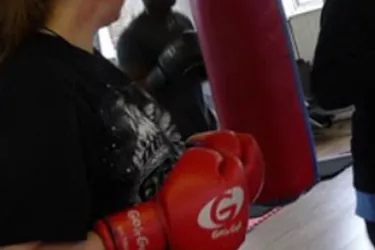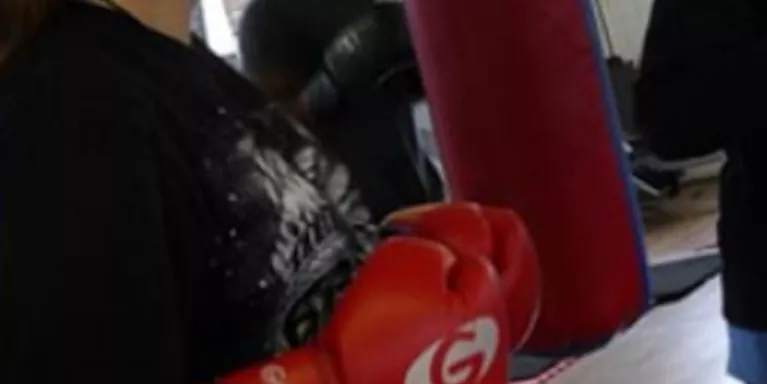I realised I had a problem when I was exercising for many hours a day
This blog covers elements of when physical activity can become unhealthy.
Estelle, who has borderline personality disorder, blogs about how she finally got to grips with her exercise addiction with the help of mindfulness
I’ve always been an active person, but it became a problem for me when I came out of work following my first suicide attempt. I’d been diagnosed with borderline personality disorder (BPD) prior to this and had always coped by keeping myself as busy as possible, but something within me had snapped and I was no longer able to hide the impact of my illness.
I’d been struggling with self-harm and other self-destructive behaviours for several years and hadn’t been taught how to manage these properly. Being alone with my thoughts was impossible for me, and the only coping mechanism I knew that didn’t cause active harm to me was exercise.
“My mind is a loud and active place, so the zen emptiness that physical activity provided felt euphoric.”
Unused to having so much free time, and struggling to manage my ever fluctuating moods, in those first weeks out of work I decided to try to help improve my mental state through exercise and time outdoors. My first post-hospital run was difficult – I’d become quite depressed over the couple of months before it and had neglected my usually very active hobbies. But I forced myself through it, and although I still felt awful afterwards, I noticed that while I was running, I had briefly reached that flow state that athletes always talk about. My mind is a loud and active place that doesn’t really ever stop torturing me, so that zen emptiness that physical activity provided felt euphoric.
Slowly I began returning to other activities, finding exercise to be perfect for both calming my busy mind and fulfilling my need to constantly be on the go. My healthcare team encouraged my behaviour, as exercise seemed a better coping mechanism than self-harm, and my activity levels began to creep up and up. Within a couple of months I realised that I was starting to lose a lot of weight, and that somehow my hour of exercising a day had spiralled and I was now exercising many hours a day.
Needing more and more exercise
It scared me, because I didn’t think what I was doing to my body was healthy, but the fear of being sent back to hospital if I used more traditionally unhealthy coping techniques, and the desperate need to feel at peace and inability to be still, meant that I felt it was the only way I could continue to cope. As my BMI plummeted below healthy levels, and as I began to need more and more exercise to get that meditative flow state that made me feel normal, I mentioned my concerns to my GP. But fear of losing my coping mechanism meant I was too scared to admit the extent of my exercising addiction and what I was doing to myself, so I wasn’t offered help for it.
Naturally, with so much wear and tear on my body, I began to develop a series of soft tissue injuries. I would generally train through the injuries, feeling like I had no choice but to carry on despite the pain and damage, until they became so bad I was unable to move. These points always resulted in crisis for me, with my risk levels increasing dramatically. People never seemed to understand why being unable to exercise was so difficult for me, making me feel like I was the only person in the world who had these struggles.
“Although mindfulness didn’t come naturally to me, over time I learned to tolerate sitting with myself.”
Eventually I started getting treatment for my BPD (also known as emotionally unstable personality disorder). I found I was good at the parts of therapy that involved behavioural activation, but really struggled with the quieter, more mindful and reflective elements. I was encouraged to try lots of different things to relax myself, and eventually managed to find a few activities that didn’t involve being active. And although mindfulness didn’t come naturally to me, over time I learned to tolerate sitting with myself.
At some point during my treatment, my therapist raised the idea that my seemingly unending energy reserves might be a symptom of attention deficit hyperactivity disorder (ADHD). At first I laughed at the idea. But I went away and read up on it, and realised that so many of the symptoms that had been causing me difficulties for as long as I could remember could be explained by this, so I agreed to be referred for an adult ADHD assessment.
I’m still waiting for that assessment, but I’ve been educating myself on adult ADHD and how to cope with symptoms of restlessness and hyperactivity to try to harness my energy into different types of activities. Just having that additional knowledge of what might be causing my constant need to move has been instrumental in helping me understand and accept myself, and in feeling less alone.
Changing my relationship with physical activity
I still love exercise, and I would never give it up for the world, but learning to cope with negative emotions and understanding where my drive to be active comes from has changed my relationship with physical activity.
As I write this, my muscles are indescribably sore from having completed my first marathon yesterday. But the difference now is that I’m aware of how much I can overdo things, and I asked for help with my training to make sure I wasn’t overdoing it and to ensure I was resting enough. I wouldn’t say I love resting, and I still have a tendency towards the extremes, but being aware of that, and having worked on ways of making rest and relaxation work for me means that I’m in a much better position to take care of my body and mind and carry on doing the things I love in a sustainable way. Health and wellbeing are about balance, and sometimes that means running a marathon, but other times it means lying on the sofa and eating crisps.
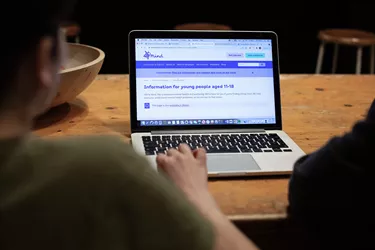
If there is an image in the blog insert more blog copy below the image. If no image you can delete this.


Information and support
When you’re living with a mental health problem, or supporting someone who is, having access to the right information - about a condition, treatment options, or practical issues - is vital. Visit our information pages to find out more.
Share your story with others
Blogs and stories can show that people with mental health problems are cared about, understood and listened to. We can use it to challenge the status quo and change attitudes.












